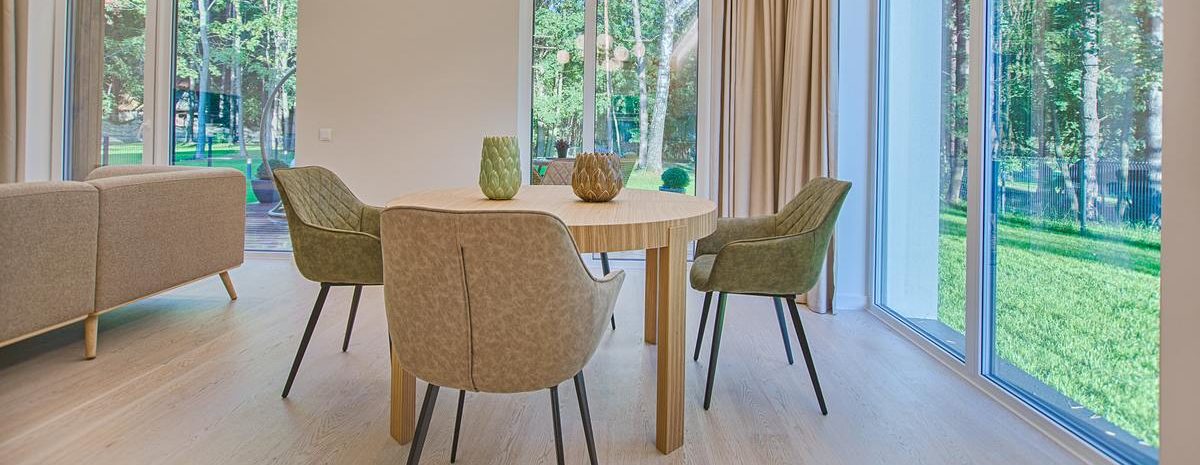The Centers for Disease Control and Prevention (CDC) issued recommendations to help minimize the spread of COVID-19 in long-term care facilities where the population is more vulnerable to this coronavirus. But senior living communities have found that following the CDC’s recommendations have created significant operational impacts. To prevent COVID-19 from entering their communities, many facilities are reduced to a single access point and have added stations for staff to safely put on and remove PPE. Ongoing screenings and monitoring meant to identify infection early and to contain spread, as well as enhanced cleaning, maintenance and disinfection routines have added workload for staff. Supplying needed cleaning supplies and PPE have added costs. And managing any outbreaks within their communities have demanded adjustments to isolate those who are sick while providing them with ongoing treatment.
While the economic and operational impacts of the novel coronavirus on senior living communities are clear, the social-emotional impacts are perhaps even more critical and challenging to quantitatively measure. As designers who invest our careers in making senior living communities comfortable, safe and nourishing places, this moment in human health has caused us to rethink and apply basic tactics to ensure the health and well-being of caregivers and occupants.
Prior to the pandemic, senior living care providers were focused on upgrading the resident experience, targeting hospitality-based design and amenities to appeal to the incoming baby boomer generation. And although most senior living providers are well into their response, the disease’s unique pressures and uncertain duration may change the array of resident amenities and methods of social engagement and activities for years to come.
Residents and applicants will want to see how communities are addressing these issues. Accommodating the new norm, will require a new way of thinking about the design of senior living communities. Here are five factors to consider:
Onsite Clinics & Spaces for Treatments
Facilities operators will need to update intake processes with increased health screening for incoming residents, possibly completed at an alternative location. Once becoming a member of the community, residents may expect ongoing health screenings. Communities with onsite clinics currently may look to add telehealth rooms to expand access for routine and specialty care. Some providers may also add dedicated infection control units capable of handling the next pandemic.
Wayfinding Contingencies
Taking cues from healthcare, providers will pay more attention to flows through their facilities to address infection control hygiene by controlling paths of family, residents, staff, information, equipment, and waste within the community.
PPE Donning & Doffing Stations
These should be located in central staffing locations, as well as public entry points and near resident rooms to ensure utilization by all.
Durable Materials
Finish and furniture selections will be scrutinized to favor those that are compatible with infection control protocols and able to withstand repeated disinfection.
Visible Sanitation Locations
Sanitation stations should be dispersed throughout communities to promote regular hygiene.
Designers will need to play an essential role in maintaining a focus on seniors and their well-being as we endure and emerge from the current pandemic. We must design to enable quality of care and flexibility in facilities to keep residents and caregivers safe from this novel virus and future potential threats, while balancing design solutions that protect and promote the social and mental wellness of residents and staff.
Editor’s Note: The text of this article was extracted from an article written by SmithGroup Principal Alison Faecher, titled, “How Design of Senior Living Communities Must Change After COVID-19,” with permission by SmithGroup.


